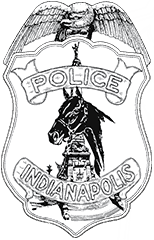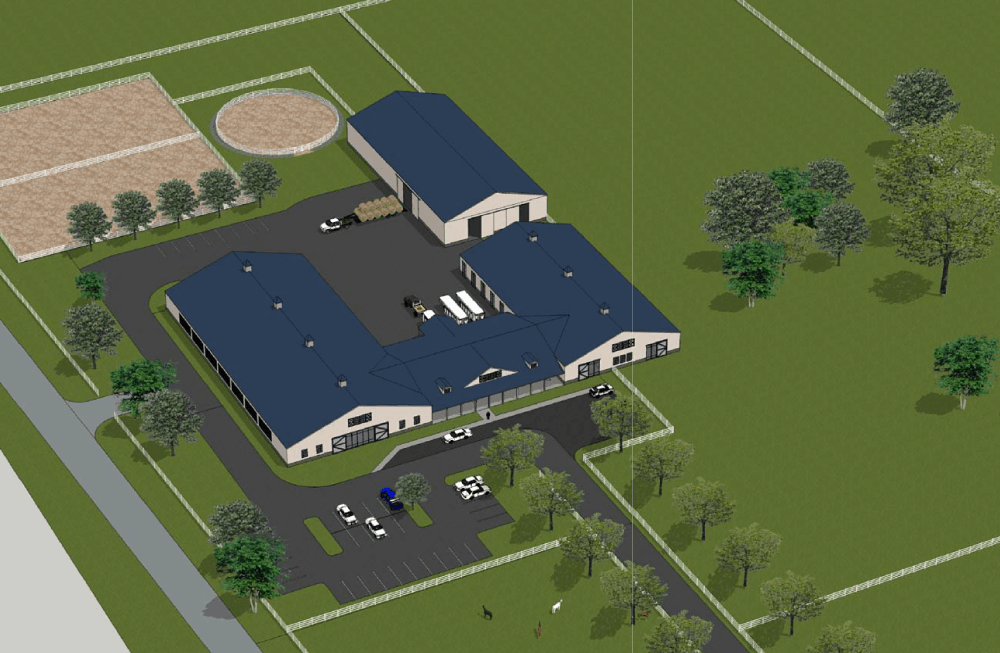
Ed Zehner
Two of IMPD Mounted Patrol’s officers dismounted for the final time. Officially retiring on February 23rd, Officer Jimmy Parent and Ed Zehner retired at a short ceremony in front of the City-County Building on the afternoon of February 22, 2017.
Zehner is retiring after a 23-year career in law enforcement that started with the Indianapolis Police Department, which later became the Indianapolis Metropolitan Police Department. “I worked the night shift in the the east district for 11 years, from 7 pm to 3:30 am. We were always real busy, taking a lot of calls,” said Zehner, who also spent time in SWAT.
Zehner, who had never ridden a horse before joining the Mounted Patrol, joined the unit in 2003. “At first it was intimidating, and I got thrown off once and broke my wrist,” he said. “I was off two months recovering from that, but Sgt. [Steve] Park, who was the trainer at the time, got me riding again. I credit him with teaching me everything I know about horses and how to feel good riding,” said Zehner.
Zehner recalls other perilous times, like the annual Black Expo event in 2010. “I can remember being by the loading dock near Steak-n-Shake. This guy opened fire and shot nine people, but we were right on top of that. At first I was afraid we were targets since we were so high up and vulnerable, but we train ourselves and our horses to turn and run into a crowd. We had the best vantage point and saw the suspect take off in the crowd. We followed him and were on the radio to foot officers who apprehended him a short while later,” said Zehner with a slight pause. “I had been shot at before back when I was on SWAT,” said Zehner, “But we train for it.”

Jimmy Parent dismounting at the Changing of the Officer ceremony
That time on SWAT is where Zehner met Officer Jimmy Parent. Parent, a 31-year veteran of law enforcement moved with his then-fiancee to Indianapolis from Columbia, South Carolina in the early 90’s. Parent has 29 years of experience with IMPD and 18 years on the Mounted Patrol.
“When I first came to the unit, I had no experience with horses at all. The training I went through with [Sgt.] Steve Park was probably one of the hardest things I ever had to do. It wasn’t easy, but you go through three months of training and five hours of riding a day, and it eventually clicks in your head,” said Parent.
Parent recalls fond memories of participating in the Inaugural parade of George W. Bush in 2004. “I consider that a real highlight,” he said. Parent added, “It was an honor to ride in the police memorial in Washington, D.C., too. We try to attend every year, and there’s a point when you ride by all the family members of people who have lost loved ones in the line of duty. You see the kids, often very young, and they smile as the horse rides by. That makes it all worth it because you brought a bit of happiness with you,” said Parent.
Parent says he has no significant plans for retirement except to spend more time with his wife, Lynne, and five children. Zehner is moving into a full-time job operating a local landscaping business.
Both Parent and Zehner say they’ll miss the same thing: the camaraderie with their colleagues. “It’s going to take an adjustment,” said Zehner. “For 20 years I got paid to a ride a horse. Not a bad gig,” said Parent.
View more photos from the Changing of the Officer event on Facebook


































